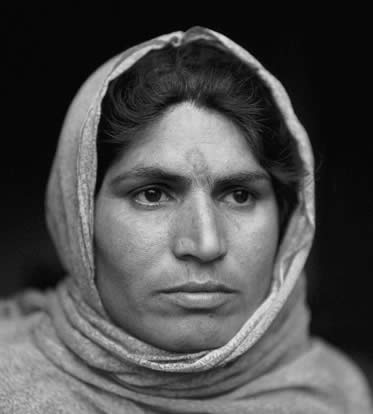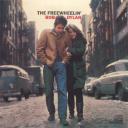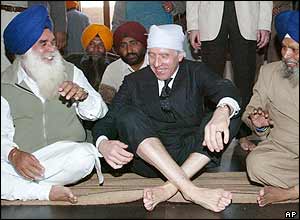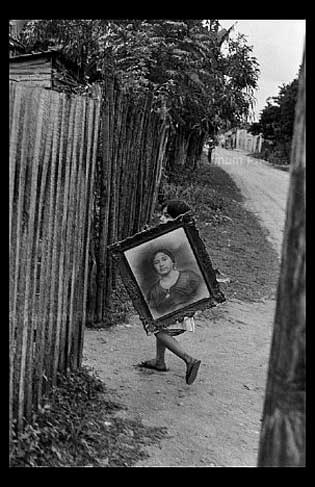
.
How do you answer the question above?
Below is how far I have got with this issue.
Spirituality is how we relate to the unknown and unknowable – to Ultimate reality – and the meaning and motivation we derive therefrom.
Our worldview, as a consequence, is how we ‘read’ the world. Our worldview includes that of which are conscious, plus that which derives from enculturation. Becoming more fully conscious of Oneness, and acting accordingly, is our purpose.
Religion is the agreed set of relationships, teachings and customs held in common with any religious group of which one has membership.
Progress in spirituality is measured by regularly bringing oneself to account – in relation to the standards of your spirituality, world-view and religious group/s (if any).
—–0—–
Etymological issues:
The English word “religion” is derived from the Middle English “religioun” which came from the Old French “religion.” It may have been originally derived from the Latin word “religo” which means “good faith,” “ritual,” and other similar meanings. Or it may have come from the Latin “religãre” which means “to tie fast.”
Doing your own research:
A very good starting point is provided by the Ontario Consultants on Religious Tolerance. See HERE
The definitions I like best from this source are;
George Hegel: “the knowledge possessed by the finite mind of its nature as absolute mind.”
Paul Tillich: “Religious is the state of being grasped by an ultimate concern”
Others are;
The Religious Tolerance group tell us that David Carpenter has collected and published a list of definitions of religion, including:
Anthony Wallace: “a set of rituals, rationalized by myth, which mobilizes supernatural powers for the purpose of achieving or preventing transformations of state in man or nature.”
Hall, Pilgrim, and Cavanagh: “Religion is the varied, symbolic expression of, and appropriate response to that which people deliberately affirm as being of unrestricted value for them.”
Karl Marx: “Religion is the sigh of the oppressed creature, the heart of a heartless world, and the soul of soulless conditions. It is the opium of the people.”
Don Swenson defines religion in terms of the sacred: “Religion is the individual and social experience of the sacred that is manifested in mythologies, ritual, ethos, and integrated into a collective or organization.”
Paul Connelly also defines religion in terms of the sacred and the spiritual: “Religion originates in an attempt to represent and order beliefs, feelings, imaginings and actions that arise in response to direct experience of the sacred and the spiritual. As this attempt expands in its formulation and elaboration, it becomes a process that creates meaning for itself on a sustaining basis, in terms of both its originating experiences and its own continuing responses.”
He defines sacred as: “The sacred is a mysterious manifestation of power and presence that is experienced as both primordial & transformative, inspiring awe & rapt attention. This is usually an event that represents a break or discontinuity from the ordinary, forcing a re-establishment or recalibration of perspective on the part of the experiencer, but it may also be something seemingly ordinary, repeated exposure to which gradually produces a perception of mysteriously cumulative significance out of proportion to the significance originally invested in it.”
He further defines the spiritual as: “The spiritual is a perception of the commonality of mindfulness in the world that shifts the boundaries between self and other, producing a sense of the union of purposes of self and other in confronting the existential questions of life, and providing a mediation of the challenge-response interaction between self and other, one and many, that underlies existential questions.”
My final question – “Why are there so many religious intolerance groups?”
To read the full article by the Religious Tolerance group go HERE
—–0—–
True achievement, success and happiness lie in being fully and positively human –
through our caring our creativity and our criticality –
developed via service to the communities to which we belong.
-0-
All postings to this site relate to the central model in the
PhD. Summaries are HERE






 Source – and lyrics for the Freewheelin’ Bob Dylan
Source – and lyrics for the Freewheelin’ Bob Dylan
 Source
Source